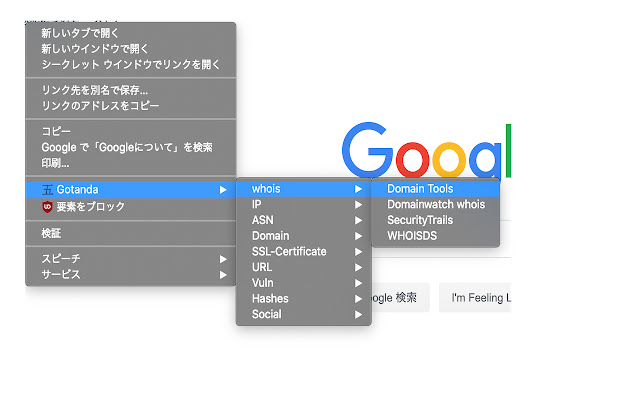AzSubEnum is a specialized subdomain enumeration tool tailored for Azure services. This tool is designed to meticulously search and identify subdomains associated with various Azure services. Through a combination of techniques and queries, AzSubEnum delves into the Azure domain structure, systematically probing and collecting subdomains related to a diverse range of Azure services.
AzSubEnum operates by leveraging DNS resolution techniques and systematic permutation methods to unveil subdomains associated with Azure services such as Azure App Services, Storage Accounts, Azure Databases (including MSSQL, Cosmos DB, and Redis), Key Vaults, CDN, Email, SharePoint, Azure Container Registry, and more. Its functionality extends to comprehensively scanning different Azure service domains to identify associated subdomains.
With this tool, users can conduct thorough subdomain enumeration within Azure environments, aiding security professionals, researchers, and administrators in gaining insights into the expansive landscape of Azure services and their corresponding subdomains.
Why i create this?
During my learning journey on Azure AD exploitation, I discovered that the Azure subdomain tool, Invoke-EnumerateAzureSubDomains from NetSPI, was unable to run on my Debian PowerShell. Consequently, I created a crude implementation of that tool in Python.
Usage
➜ AzSubEnum git:(main) ✗ python3 azsubenum.py --help
usage: azsubenum.py [-h] -b BASE [-v] [-t THREADS] [-p PERMUTATIONS]
Azure Subdomain Enumeration
options:
-h, --help show this help message and exit
-b BASE, --base BASE Base name to use
-v, --verbose Show verbose output
-t THREADS, --threads THREADS
Number of threads for concurrent execution
-p PERMUTATIONS, --permutations PERMUTATIONS
File containing permutations
Basic enumeration:
python3 azsubenum.py -b retailcorp --thread 10
Using permutation wordlists:
python3 azsubenum.py -b retailcorp --thread 10 --permutation permutations.txt
With verbose output:
python3 azsubenum.py -b retailcorp --thread 10 --permutation permutations.txt --verbose
 0Day to Buy
0Day to Buy































